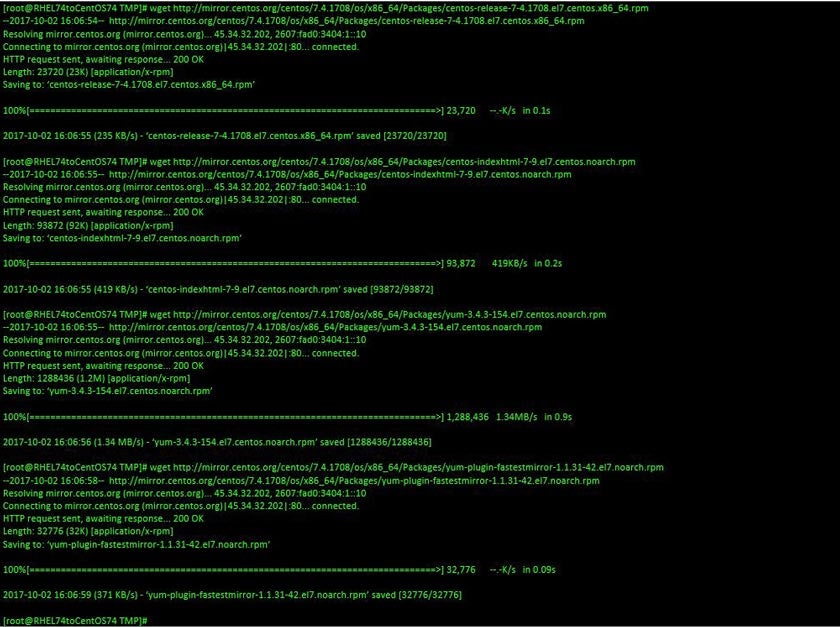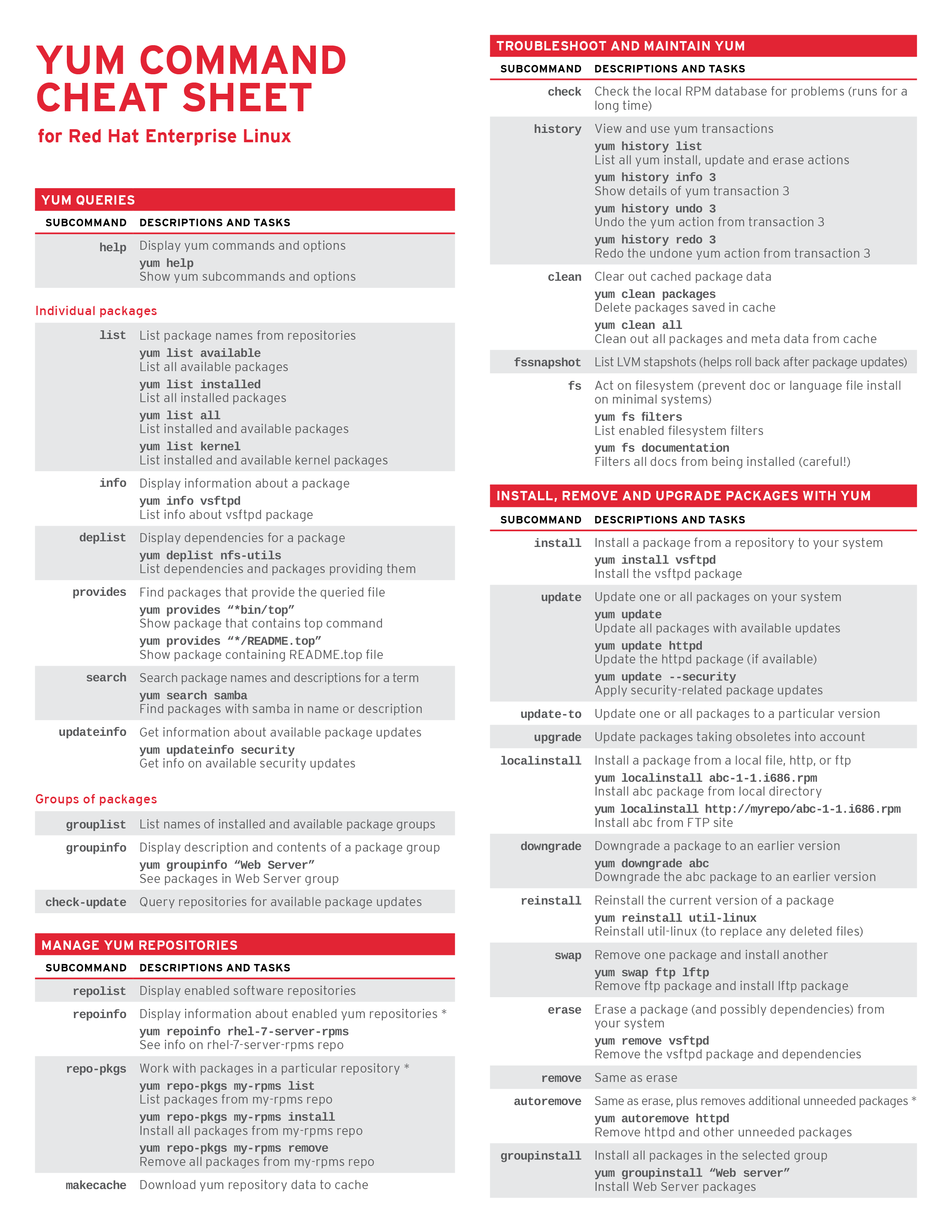

Red Hat Enterprise Linux 5 and above releases use yum as their native system for providing updates, with up2date being just its front end.įree redistributions are expressly permitted by the GNU General Public License upon which Red Hat's distributions are based.

For convenience, several of the free alternatives ship with yum replacing up2date, something that makes providing mirrors for upgrades significantly easier. However, RHEL used to use Red Hat's own Up2date technology for providing updates. Relatively few changes need to be made to the distributions. The version numbers are typically identical to the ones featured in RHEL as such, the free versions maintain binary compatibility with the paid-for version, which means software intended for RHEL typically runs just as well on a free version. The Red Hat Enterprise Linux derivatives generally include the union set, which is included in the different versions of RHEL.

Several distributions were created that took Red Hat's source code, recompiled it, and released it. The availability of the complete source code of the distribution in RPM format makes it relatively easy to recompile the entire distribution. However, as the license terms on which it is mostly based explicitly stipulate, Red Hat has made the entire source code available in RPM format via their network of servers. Red Hat does not make a compiled version of its Enterprise Linux product available for free download.

Since the release of Fedora, Red Hat has no longer made binary versions of its commercial product available free-of-charge. Fedora is somewhat a test-bed for Red Hat, allowing them to beta test their new features before they get included in Red Hat Enterprise Linux. However, its quick and nonconservative release cycle means it might not be suitable for some users. Red Hat made the decision to split its Red Hat Linux product into two: Red Hat Enterprise Linux for customers who were willing to pay for it, and Fedora that was made available free of charge but gets updates for every release for approximately 13 months.įedora has its own beta cycle and has some issues fixed by contributors who include Red Hat staff. Since the only difference between the paid-for option and the free option was support, a great number of people chose to use the free version. This was largely because, while a paid-for supported version was available, a freely downloadable version was also available. Red Hat Linux was one of the first and most popular Linux distributions. Red Hat Enterprise Linux derivatives are Linux distributions that are based on the source code of Red Hat Enterprise Linux (RHEL).


 0 kommentar(er)
0 kommentar(er)
